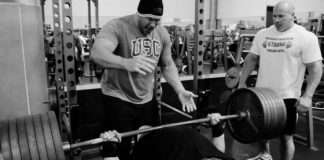Blood clots form when injured blood vessels activate clotting mechanisms to stop bleeding. Normally, the body dissolves these clots during healing. However, persistent clots can restrict blood flow, posing serious health risks. While deep vein thrombosis (DVT) commonly occurs in the legs, it can also develop in the arm, though less frequently. Understanding the causes, recognizing the symptoms, and seeking prompt medical attention are crucial for effective management.
Understanding Deep Vein Thrombosis (DVT)
DVT involves the formation of a blood clot in a major vein. Though most common in the legs, DVTs can occur in the arms, pelvis, or other deep veins. According to the American Society of Hematology, approximately 100,000 Americans die annually from complications related to DVT. This underscores the importance of awareness and early intervention.
Recognizing the Symptoms
The first signs of a blood clot in the arm often include localized swelling and pain. The affected arm may appear visibly swollen, with the swelling typically concentrated around the clot’s location. The pain resembles cramping, caused by reduced oxygen flow due to the blockage. Skin discoloration, ranging from red to purplish or bluish, may also occur, a result of venous congestion where blood inflow exceeds outflow. The skin around the clot may feel warm to the touch.
Identifying Risk Factors
Several factors increase the likelihood of developing a blood clot in the arm:
- Surgery or Injury: Trauma to veins and arteries disrupts blood flow and triggers clotting.
- Lifestyle: Smoking, obesity, and lack of physical activity contribute to poor circulation.
- Hormonal Factors: Pregnancy and hormone therapy elevate clotting risks.
- Age: Individuals over 60 are more susceptible.
- Medical Conditions: Cancer, cancer treatment, and a family history of blood clots increase the risk.
- Athletic Strain: Competitive athletes may develop clots due to repeated arm use, compressing veins in the armpit or shoulder.
- Medical Implants: Pacemakers, defibrillators, or catheters can irritate veins and promote clot formation.
Treatment and Prevention
If you suspect a blood clot in your arm, seek immediate medical attention. Doctors may prescribe blood thinners to prevent clot growth and migration to dangerous locations like the lungs. Compression sleeves can improve blood flow, and physical therapy can aid recovery. In severe cases, clot-busting medication delivered via catheter or surgical removal may be necessary.
Elevating the affected arm above the heart can reduce swelling and pain, but this is not a substitute for professional medical care. Early diagnosis and treatment are vital to prevent life-threatening complications.
Prompt medical intervention, combined with lifestyle adjustments and adherence to prescribed treatment plans, is the most effective approach to managing and preventing blood clots in the arm




















